I don’t know what species this is, but the photo was take in Japan.
Semi means cicada in Japanese.
Locations where cicadas can be found, including countries and continents.
I don’t know what species this is, but the photo was take in Japan.
Semi means cicada in Japanese.
Santisuk Vibul sent us new photos of the tymbals of the cicada of Genus Dundubia, from Bangkok, Thailand.
Here’s a sample:
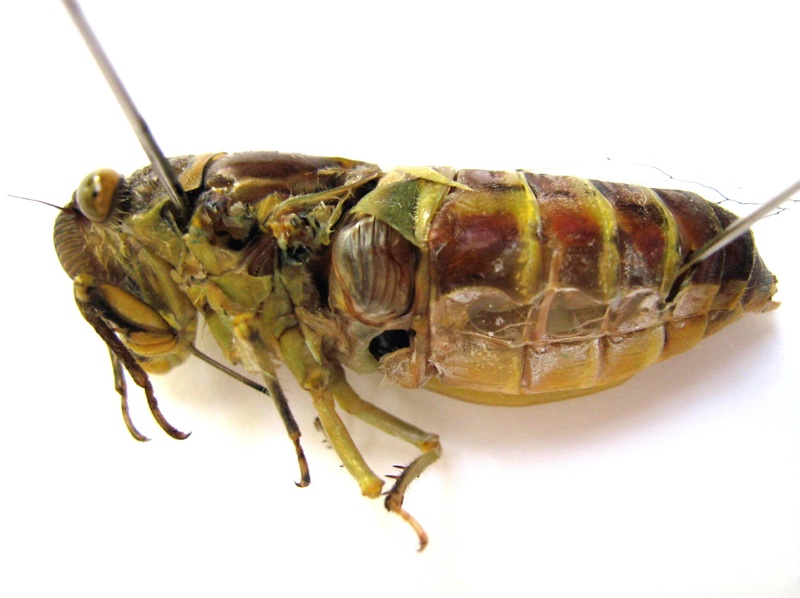
We have a new set of galleries of Costa Rican cicadas courtesy of Jose Mora. Jose wrote:
Greetings from COSTA RICA!!!!!
Hello my friend, i really like your website please keep going!!, these fantastic insects have a very unusual and fascinating life.I’m from Costa Rica, the name of the province where I live is HEREDIA and right now we’re in “cicada season” jajajaja .
Maybe you have heard about this already, the popular name for the cicadas here and probably all the rest of hispanoamerica is “CHICHARRA”…. well i would like to share with you some pictures i took around 3 days ago in a little park near my house, hope you’ll like it!!
Here are gallery 1, gallery 2 and gallery 3.
Here’s a sample:
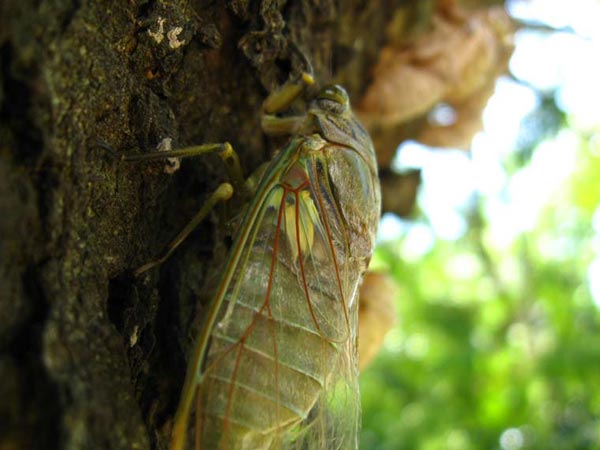
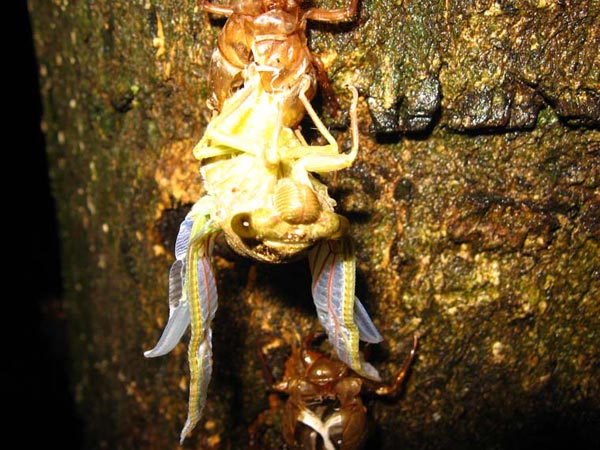
Pia Öberg from Sweden took this cicada photo back in 2004 at Hotel do Ypê in Itatiaia NP in Brazil. Thanks to Roy Troutman and cicada expert Allen Sanborn we were able to ID this pretty cicada as a Carineta diardi (Guérin-Méneville, 1829). In addition to Brazil, C. diardi is also found in Argentina.
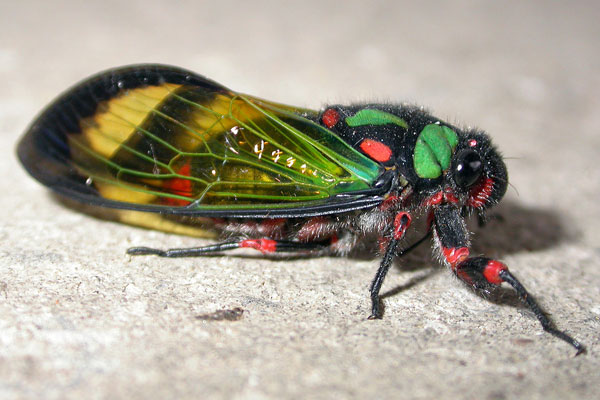
Scientific classification:
Family: Cicadidae
Subfamily: Cicadettinae
Tribe: Carinetini
SubTribe: Carinetiina
Genus: Carineta
Species: Carineta diardi (Guérin-Méneville, 1829)
Some more links for you:
More of Pia’s photos on Flickr.
What a fun way to start the New Year. Happy New Year cicada maniacs!
After watching a news report (nine national news), it seems possible that Australian cicadas might be more annoying than American cicadas — annoying according to the ear of the beholder of course — I think they’re awesome.
The big difference between Australian cicadas and American cicadas is the loud & abundant American Magaicicada periodical cicadas only come around every 17 or 13 years, and annual species of American cicadas are loud but they aren’t found in large numbers or groups (aggregations). In Australia certain species of cicadas are noisy and abundant every year.
Here’s yet another wonderful cicada photo from David Emery in Australia: the Diemeniana euronotiana. The cicada is a mere 20mm in length, and they are now just out in the bushland around 1000m.
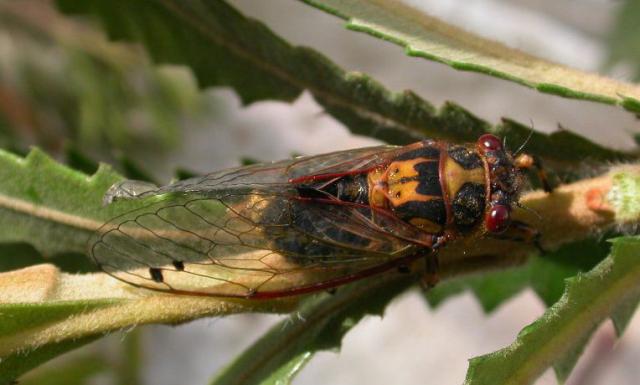
The Diemeniana euronotiana can be found in eastern NSW, south-eastern Victoria and Tasmania. They are most common in late November to January. (Moulds, M.S.. Australian Cicadas Kennsignton: New South Wales Press, 1990, p. 112)
Bron sent us this Green Grocer photo taken in Orange NSW Australia.
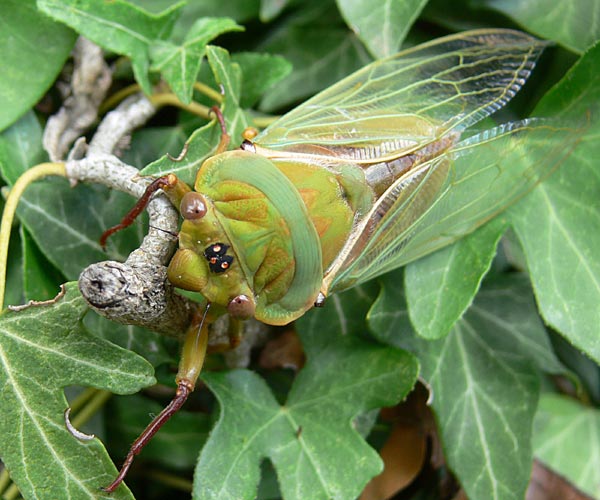
The scientific term for Green Grocers is Cyclochila australasiae. The come in other varieties such as the yellow colored Yellow Mondays and blue Blue Moons.
Cyclochila australasiae can be found in eastern Queensland, NSW and Victoria, and most emerge in October and November (Moulds, M.S.. Australian Cicadas Kennsignton: New South Wales Press, 1990, p. 61.).
Thanks to Jodi for allowing us to post some of her Orange Drummer (Thopha colorata) photos. Two today, two tomorrow! Apparently they’re hatching in droves in Central Australia.


Here are some emerging Thopha, Thopha saccata a.k.a. Double Drummer (I think — not 100% sure), taken by David Emery.
